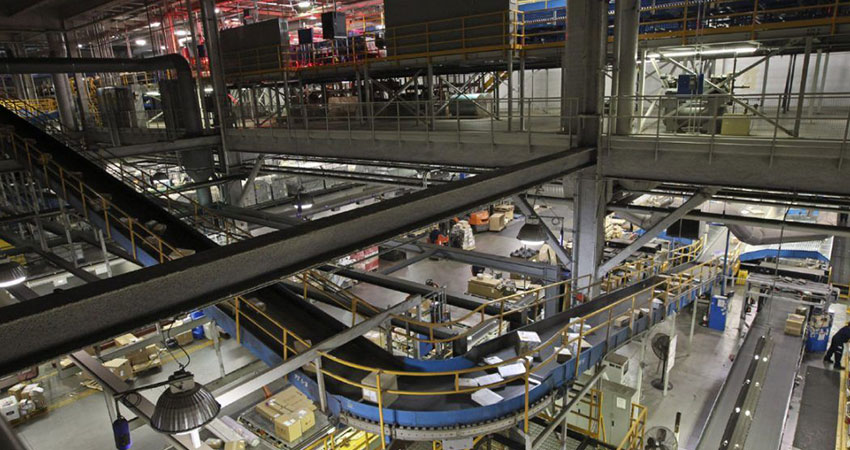Like UPS before it, FedEx reported a blowout first quarter fueled by pandemic-era ecommerce demand, with revenue and profits exceeding estimates and average daily volume in its ground parcel network increasing by 31%.
Q1 revenue increased 13% to a record $19.3 billion, compared to an analyst estimate of $17.55 billion, and net income was $1.25 billion, up from $745 billion a year earlier and nearly double the $680 million estimate.
As an indicator of how strongly FedEx feels about the sustainability of the upward curve it’s on, the company pulled its 2026 domestic growth expectations ahead three years to 2023.
FedEx President and COO Raj Subramaniam said the company saw payoff from a number of initiatives s designed to address ecommerce opportunities, including seven-day ground deliveries, integrating SmartPost volume into the ground network, technology investments in optimization and real-time decisioning, expanding its capabilities to handle large items like TVs and exercise equipment and adding branch locations in Dollar General and Walgreens stores.
“While our strategy did not change, the timing certainly did,” Subramaniam told analysts on the earnings call. “The growth that we expected to see over a period of three to five years happened in a period of three to five months.”
To prepare for “a peak holiday shipping season like no other in our company’s history,” Subramaniam said FedEx is working on a number of fronts. He said the company is hiring 70,000 seasonal workers, up from 55,000 in past years, adding six regional sortation centers with short-haul capacity for large retailers, adding four new automated stations, eight new or expanded large package facilities and new additional material handling equipment and automation at 50 existing facilities.
UPS meanwhile has announced plans to hire 100,000 seasonal workers, on top of 40,000 brought on earlier this year. The company earlier said it was adding more than 5 million square feet of automated sortation globally at 20 new or remodeled facilities ahead of peak season.
Subramaniam said “many elements” of the SmartPost integration should be completed in the next couple of months, adding critical network and last-mile efficiency ahead of peak season. He added the company’s route optimization technology is operating of 95% of FedEx’ facilities, and Sunday residential delivery is available to 95% of the U.S. population. As part of the network integration, 28 former SmartPost facilities are being repurposed into package operations and sortation centers for ground.
Addressing a question about FedEx’s ability to handle the expected massive peak, Subramaniam said the company is “working strategically” with customers to ensure adequate capacity.
“Having operations seven days a week helps a lot here too,” he said. “So, between the flexibility that we have and our infrastructure that we put together with the technology we have and the customer solutions we put together, we think that we’re going to manage though this peak quite well.”

